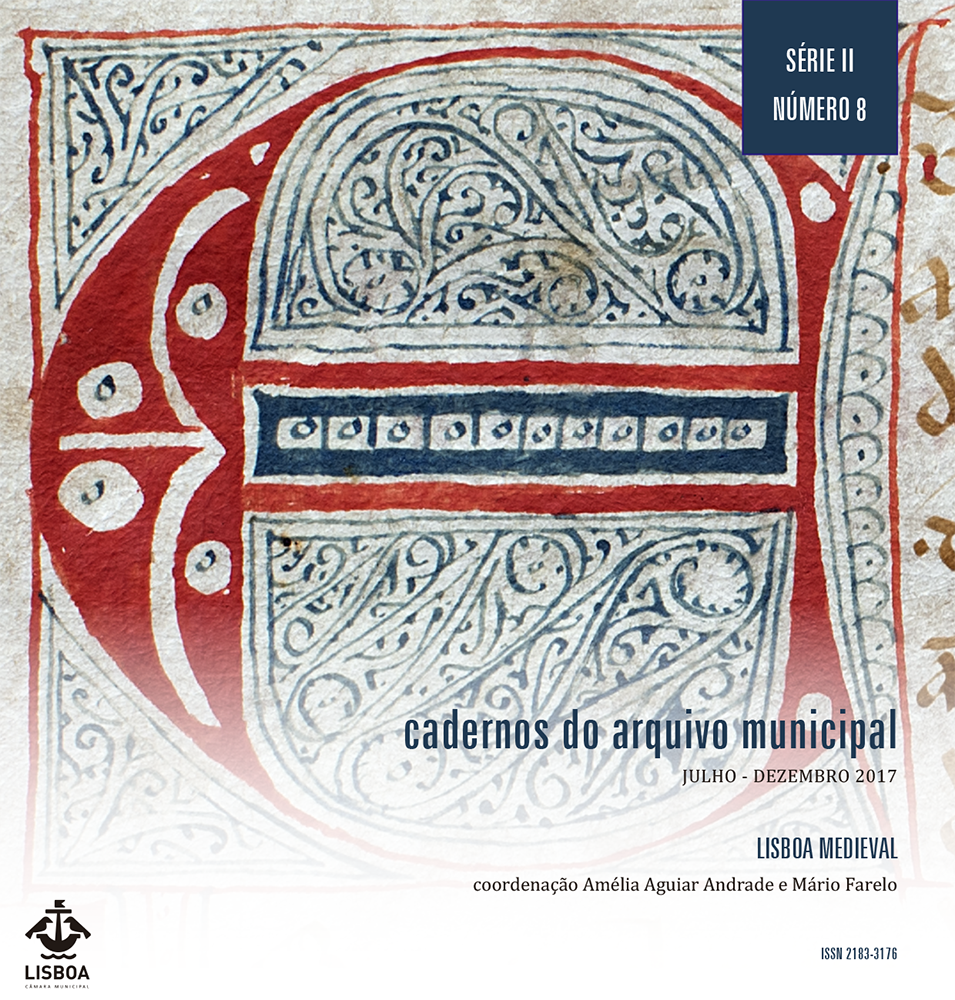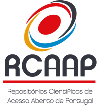Water circulation systems and power in medieval Lisbon (XIV-XVI centuries)
DOI:
https://doi.org/10.48751/CAM-2017-8185Keywords:
Water, Hydraulics, Sanitation, Hygiene, LisbonAbstract
In the late Middle Ages, urban authorities worried more and more into the role of water spaces in the urban supply, as well as with the disease phenomena connected with water waste. This work aims precisely to analyse how this process took place in medieval Lisbon, noting its articulation with local powers and the increasing involvement of the Crown in urban decisions. From the various components of urban water systems (catchment, conduction and distribution) we observed the relation between the distribution of the main sources in the city and the development of alternative water catchment techniques; we have identified how these
strategies have changed in the ways of water conducting; we have examined how this was articulated with the development of the symbolic power of the Crown from the example of the Chafariz d’el-Rei; we analysed how this process accompanied the local concerns with health and cleaning in the sixteenth century city.
Downloads
Downloads
Published
How to Cite
Issue
Section
License
Copyright (c) 2017 Luís Ribeiro Gonçalves

This work is licensed under a Creative Commons Attribution-NonCommercial 4.0 International License.
The authors retain copyright and grant the journal the right of first publication, with the work simultaneously licensed under the Creative Commons Attribution License CC BY-NC 4.0 which allows sharing and adapting the text as long as its authorship is correctly attribbuted with recognition of the initial publication in this journal.










